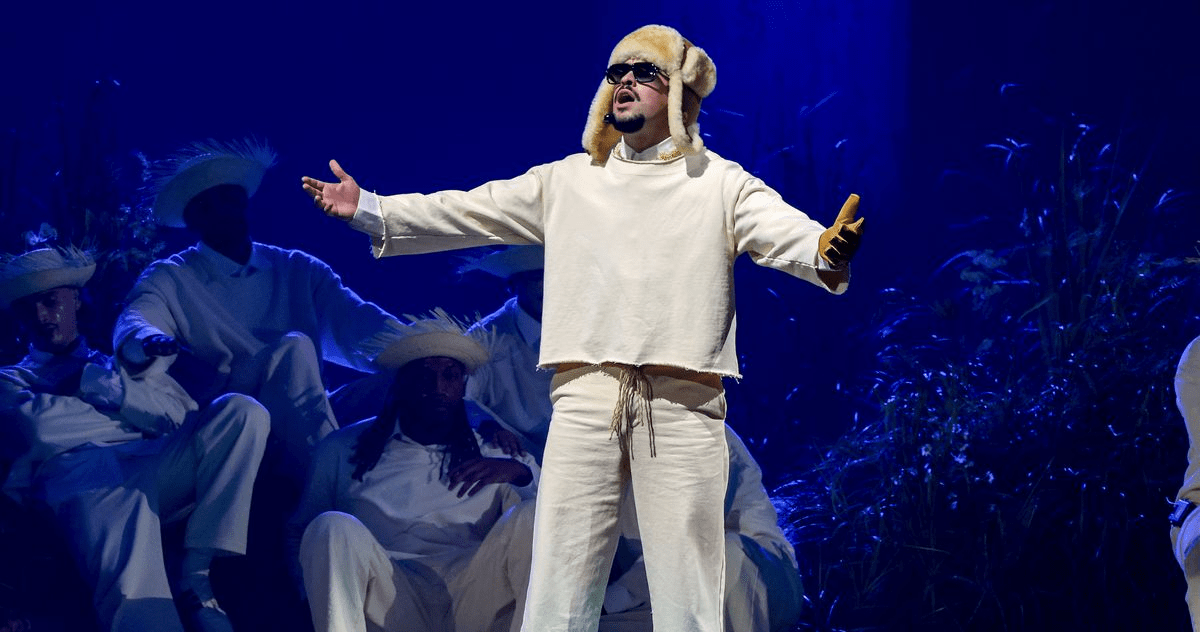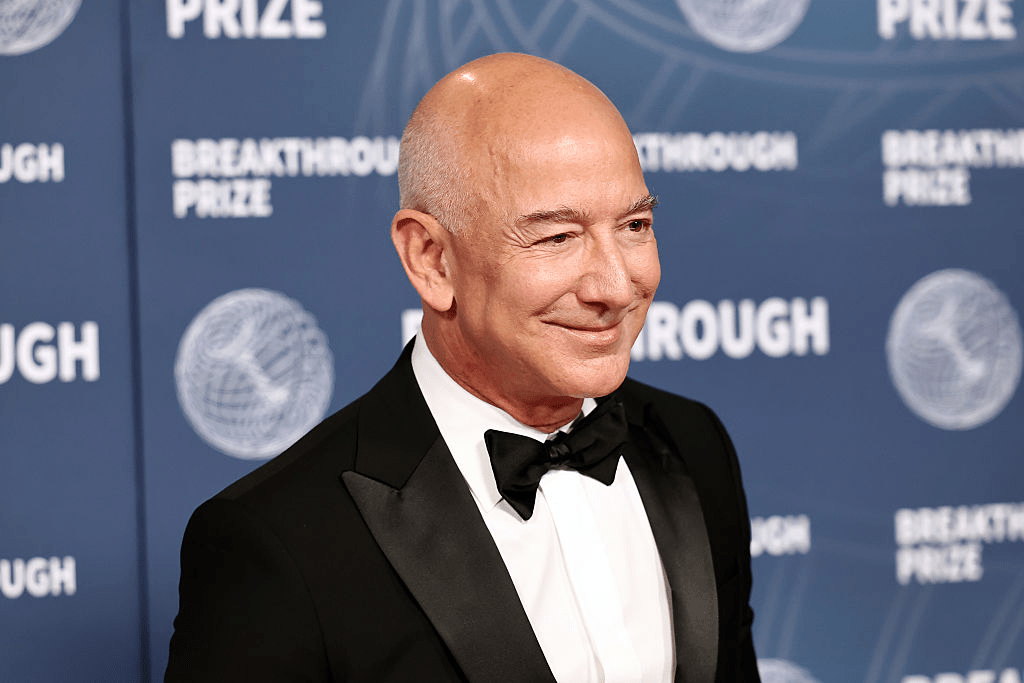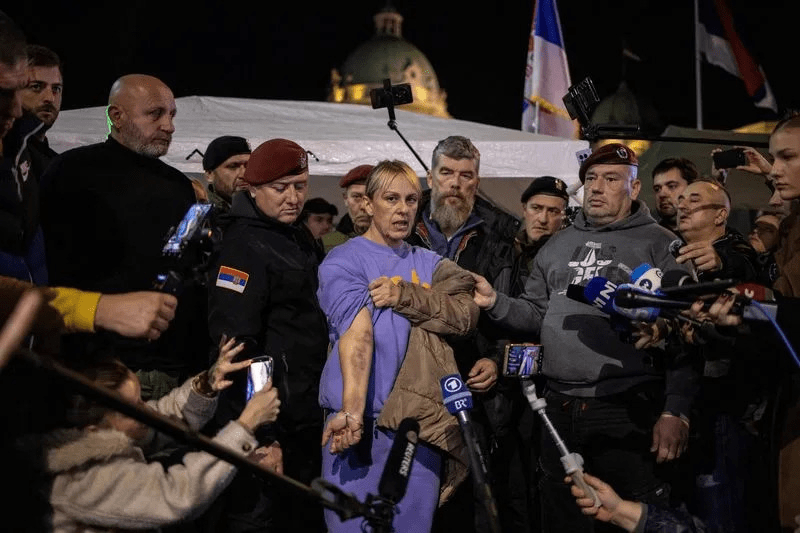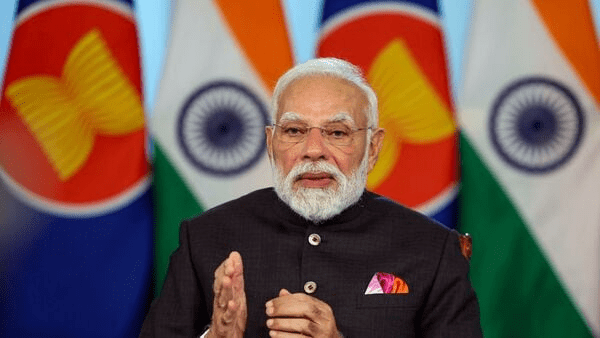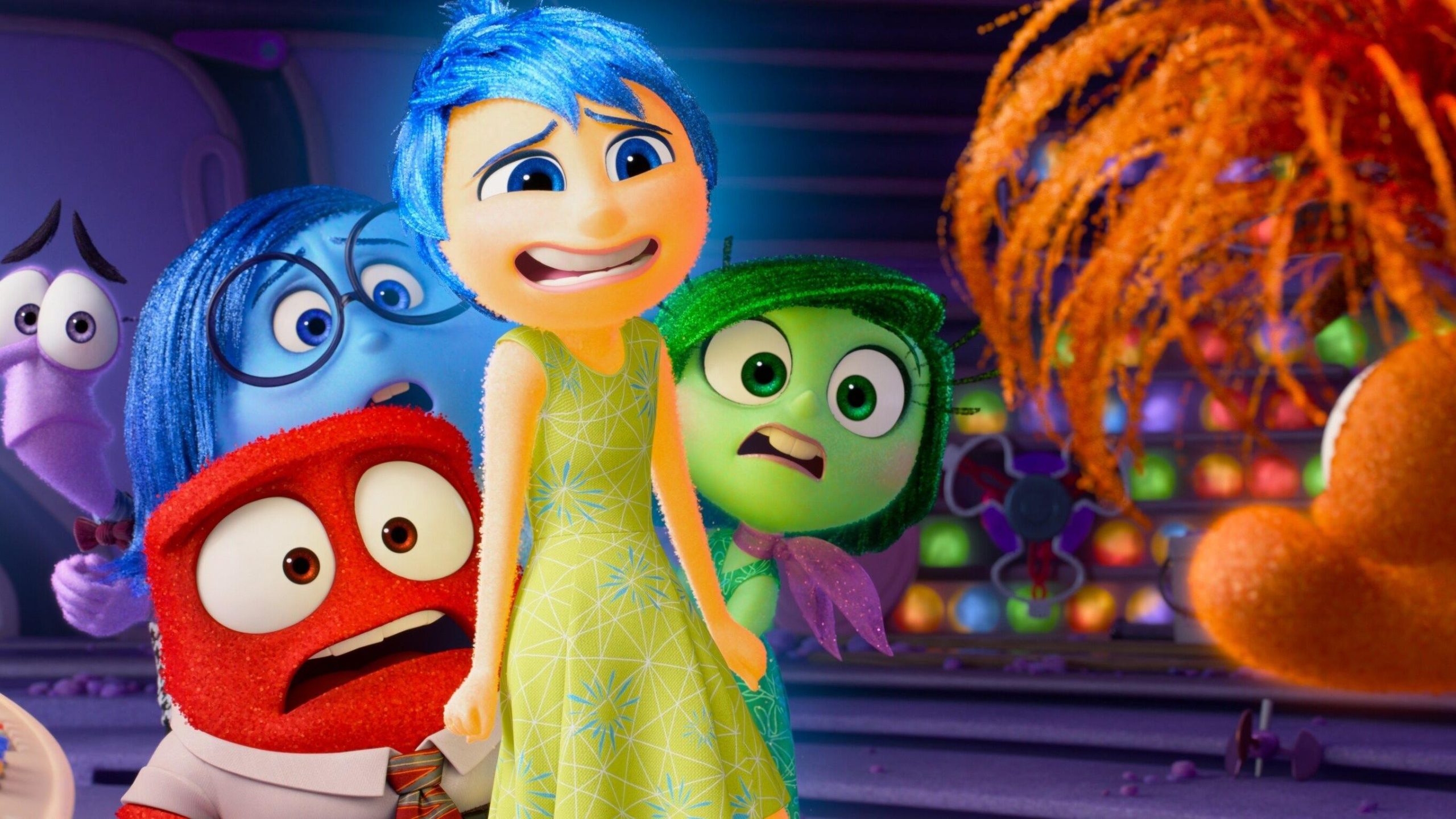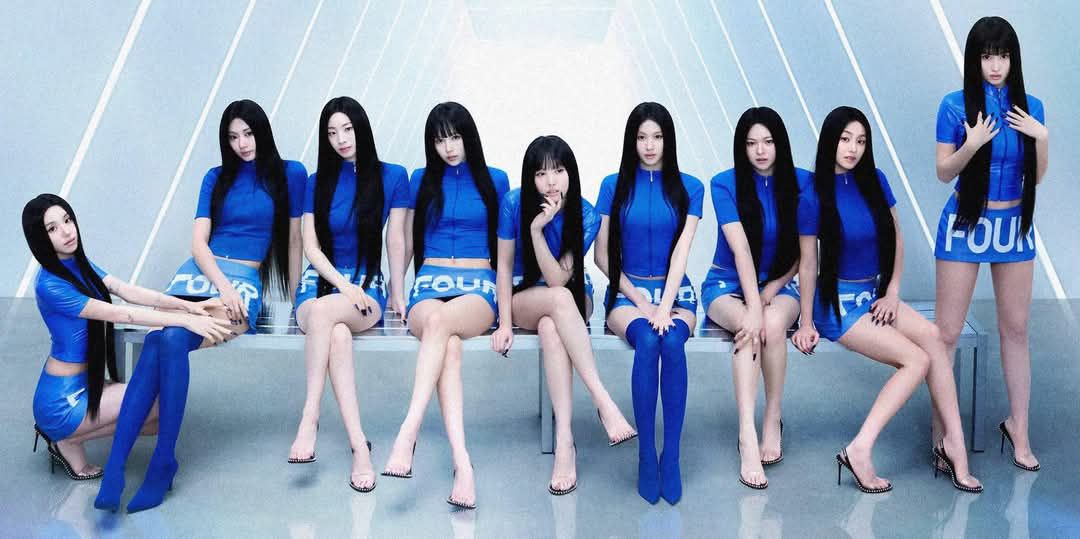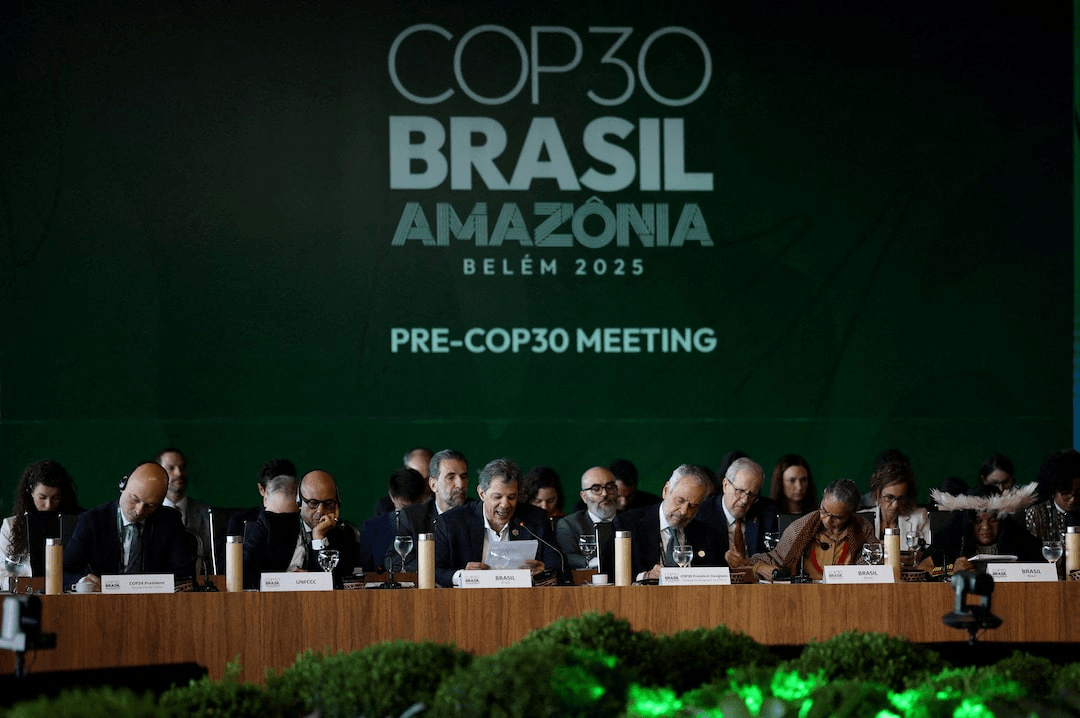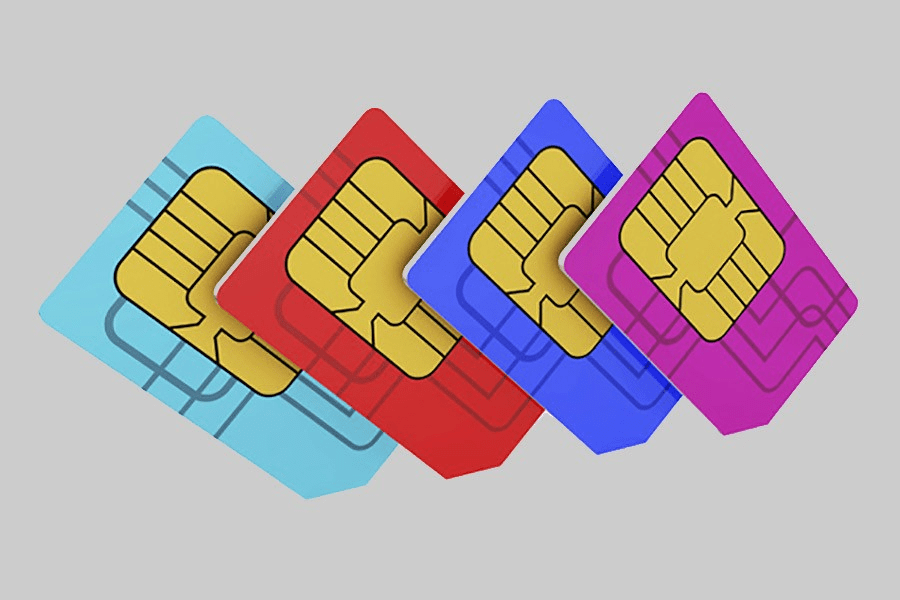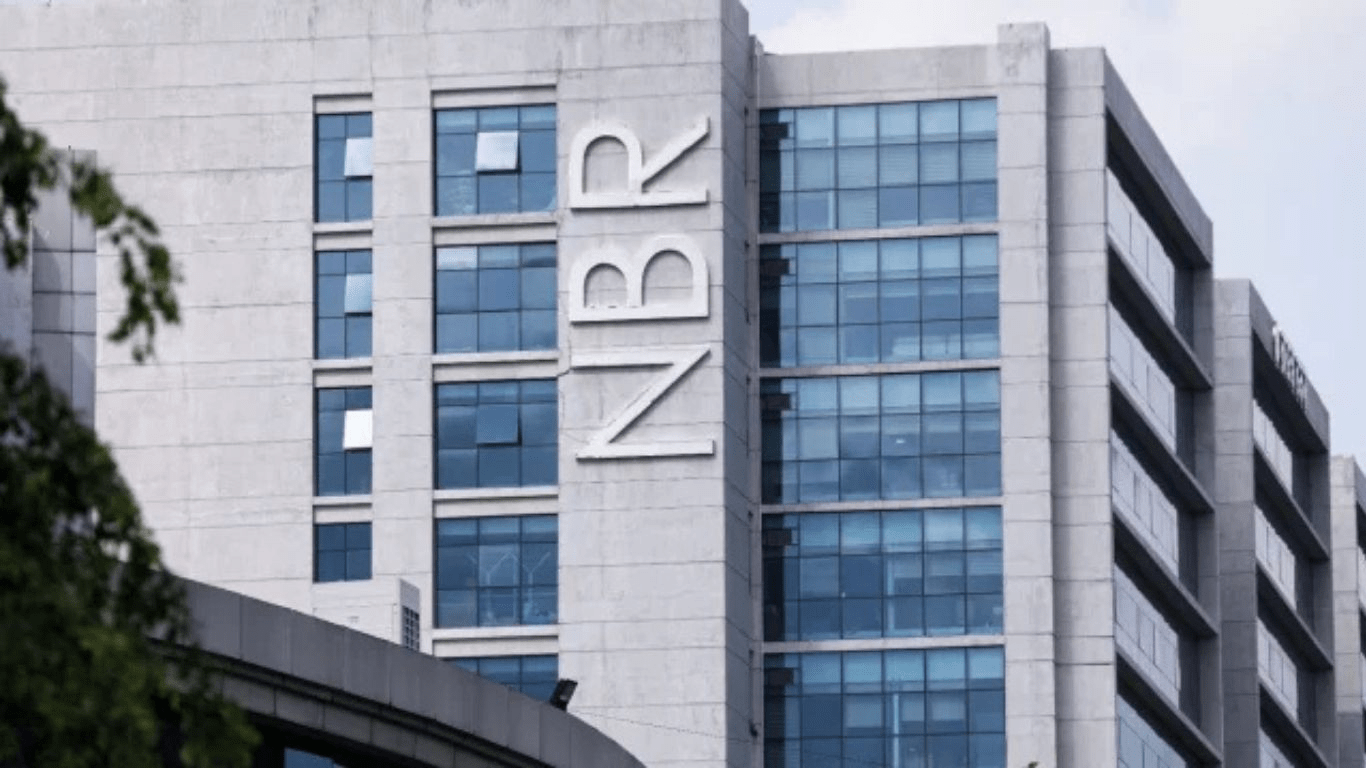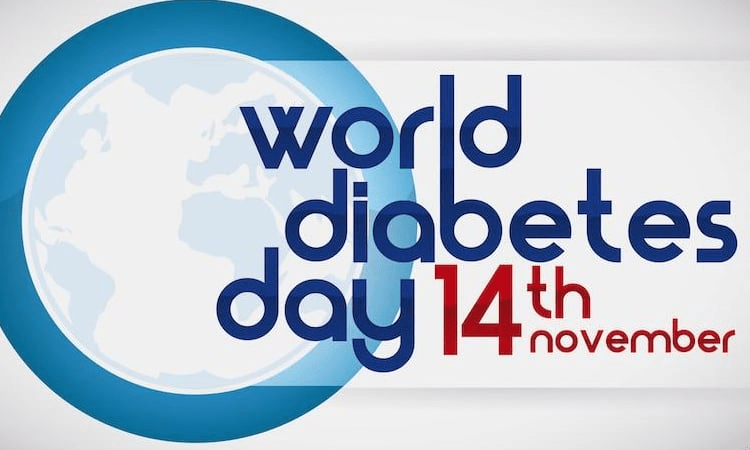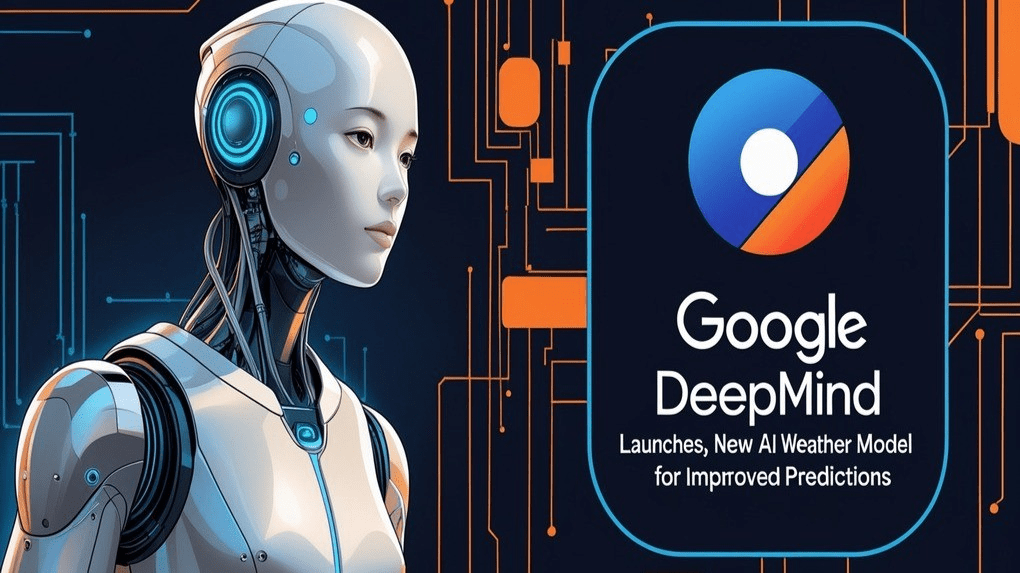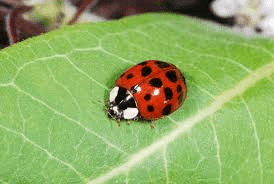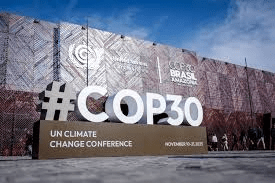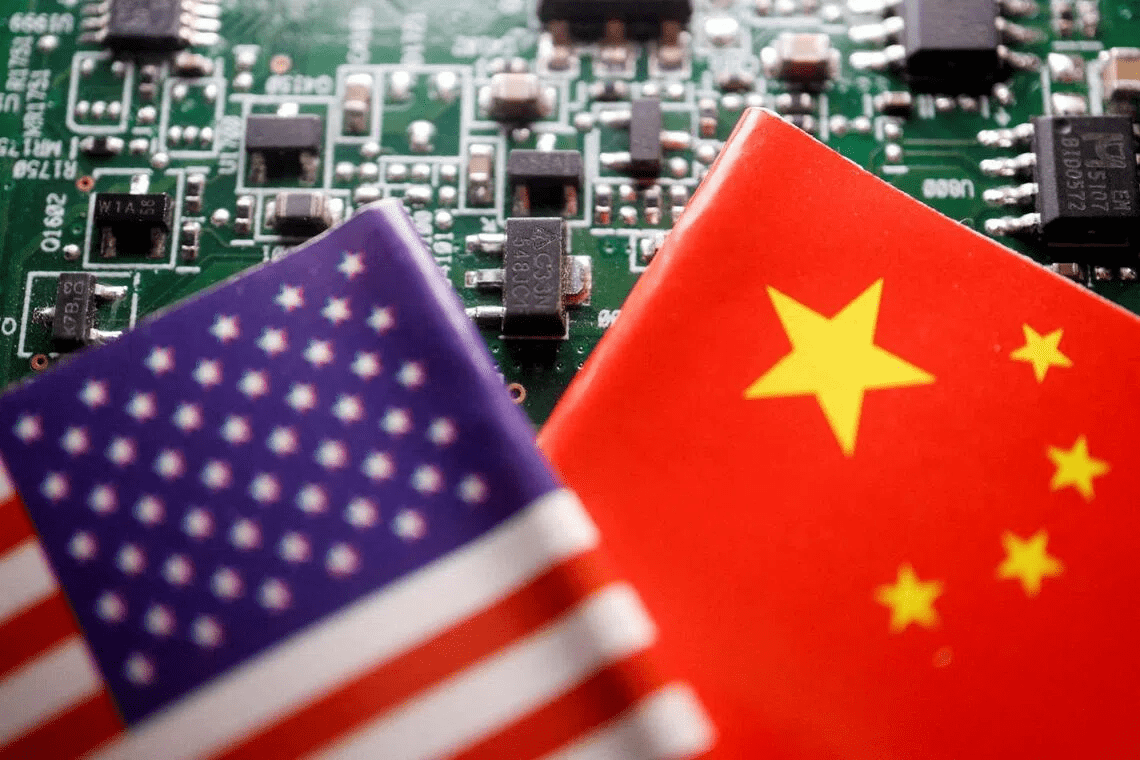A milestone meets political backlash
The NFL’s choice of Bad Bunny as the 2026 Super Bowl halftime headliner became a flashpoint on October 13, 2025, triggering both celebration and sharp criticism. Supporters hailed the move as overdue recognition for Latin music’s global reach and for offering the first halftime show led primarily in Spanish. Opponents framed the selection as a challenge to traditional expectations of a national spectacle, and a segment of conservative commentators and groups organized vocal campaigns and counterprogramming. The debate quickly extended beyond music, touching on language, identity and who gets center stage in mainstream American culture.
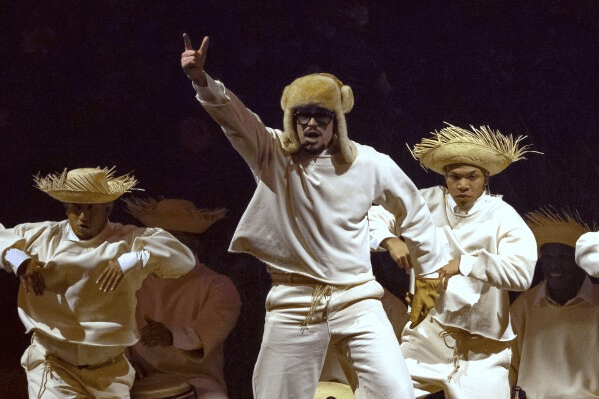
Representation, commerce and the politics of spectacle
Bad Bunny’s artistic identity—fusing genre play, visual boldness and occasional social commentary—adds weight to the conversation. Industry figures and fellow artists defended artistic freedom and stressed that American pop culture has long drawn on immigrant and diasporic forms to evolve. At the same time, advertisers and sponsors scrutinize brand safety and audience reaction: some fear controversy could alienate parts of the Super Bowl’s broad viewership, while others see the publicity as a ratings boon. Historically, halftime shows have courted debate yet often set cultural trends; whether this selection becomes a turning point or a temporary flashpoint will depend on the performance itself and on how leagues, sponsors and media shape the narrative in the coming weeks. For now, the announcement underscores a shifting cultural landscape where multilingual, multicultural performances are no longer marginal—and where artistic choices quickly become arenas for political contestation.

 TPW DESK
TPW DESK 